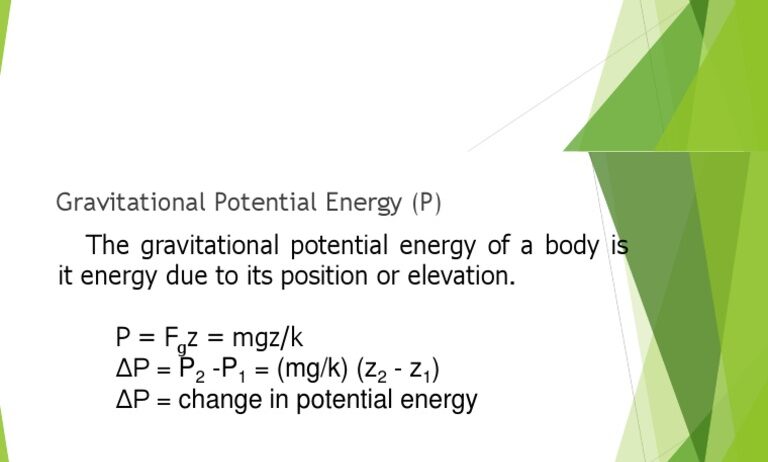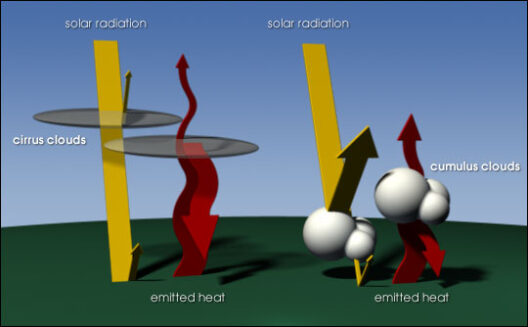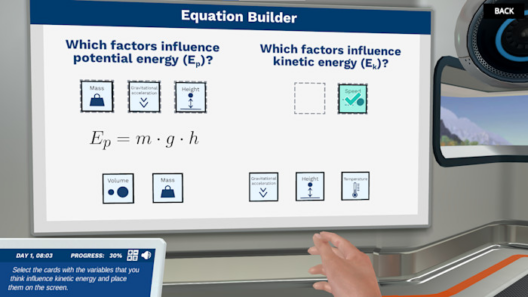Cooking is a daily ritual in many households, an intrinsic part of human culture and sustenance. However, within this routine lies an often-overlooked principle of physics: the conservation of energy. The concept of energy conservation in cooking goes beyond the mere act of preparing food; it encompasses the efficient use of energy sources, the various methods of cooking, the technologies adopted, and the environmental implications tied to our culinary choices. Understanding this principle can transform our approach to cooking, making it not only delicious but also more sustainable.
The conservation of energy is a fundamental principle that states energy cannot be created or destroyed, only transformed from one form to another. In the kitchen, this principle manifests itself in the way we cook, how we manage heat, and the efficiency of the appliances we use. A common observation is that cooking methods vary widely—from boiling and baking to frying and grilling—each harnessing energy differently. While this variety offers culinary diversity, it also poses critical questions about energy expenditure during the cooking process.
Consider the method of boiling. When you place a pot of water on the stove and apply heat, the energy from the burner transfers into the pot, then to the water, subsequently causing the water molecules to vibrate more vigorously until they reach a boiling point. Here, thermal energy is transferred efficiently from the source to the substance. However, this is where inefficiencies can arise; heat loss due to steam escaping and the surrounding air can diminish the overall energy efficiency of the process. To mitigate this, one could use a lid on the pot to contain steam, hence conserving energy more effectively.
Baking, contrastingly, utilizes a different approach to energy conservation. An oven relies on radiant heat, which envelops the food, cooking it uniformly. This method often requires preheating, which consumes additional energy. The phenomenon of heat retention becomes salient here. By making sure to bake multiple dishes simultaneously, one can maximize the energy applied by leveraging the retained heat. Moreover, using insulated bakeware can further enhance energy conservation, minimizing heat escape and reducing overall energy demand.
In recent years, the introduction of alternative cooking methods has also brought a new dimension to energy conservation. Electric pressure cookers, for example, employ steam under pressure, which allows food to cook faster while utilizing less energy. This technique aligns well with the principle of energy conservation, as it transforms electrical energy into mechanical energy efficiently, subsequently promoting a quicker cooking process with lower energy expenditure.
The choice of kitchen appliances plays a critical role in energy use in cooking. For instance, induction cookers are heralded for their efficiency. Unlike traditional electric or gas stoves, induction cookers directly heat pots and pans through electromagnetic energy, minimizing wasted heat. Moreover, the responsiveness of induction cooking enables imminent adjustments to temperature, ensuring energy is utilized only as needed.
In assessing energy conservation in the kitchen, one must also consider the source of energy being employed. The reliance on fossil fuels for cooking remains prevalent, yet it is fraught with environmental consequences. Transitioning to renewable energy sources, such as solar or wind, can significantly lessen the carbon footprint associated with culinary practices. For instance, utilizing solar cookers harnesses direct sunlight, transforming it into usable thermal energy without reliance on non-renewable resources.
Moreover, the environmental ramifications of food waste intertwine with energy conservation. The energy spent in agricultural production, transportation, and cooking is all wasted when food is discarded. By practicing mindful cooking—planning meals, using leftovers, and repurposing ingredients—individuals not only preserve energy but also contribute positively to environmental conservation. This correlation underscores a crucial element: the more we contemplate our energy use in the kitchen, the more we can align our practices with broader environmental objectives.
Additionally, understanding the science of cooking can enhance energy conservation efforts. Knowledge of thermal conductivity, for example, can aid in choosing materials for cookware that optimize heat transfer, minimizing the time—and thus energy—spent on cooking. Furthermore, engaging in methods such as batch cooking can ensure that energy is invested in preparation for multiple meals at once, streamlining the cooking process.
Education plays a vital role in energy-conscious cooking practices. By disseminating knowledge regarding energy efficiency in the kitchen, individuals can be empowered to make informed decisions that contribute to conservation efforts. Workshops, community classes, and online resources can serve as platforms for fostering awareness around efficient cooking practices and the importance of energy conservation, ultimately enhancing culinary skills while promoting sustainability.
In summation, the concept of energy conservation extends far beyond the abstract realm of physics; it finds tangible application in the kitchen through every pot stirred and every meal prepared. By embracing conscious cooking practices—be it through the choice of appliances, methods, or sourcing of energy—individuals can significantly impact not only their personal energy expenditure but also contribute to broader environmental stewardship. Cooking, therefore, is not just about sustenance; it can embody a commitment to conservation, echoing the profound interconnection between food, energy, and the planet.







